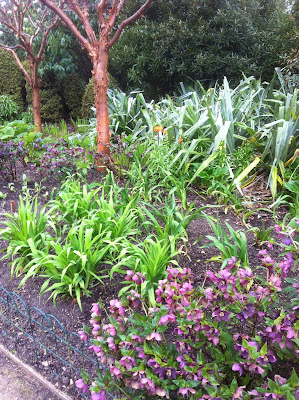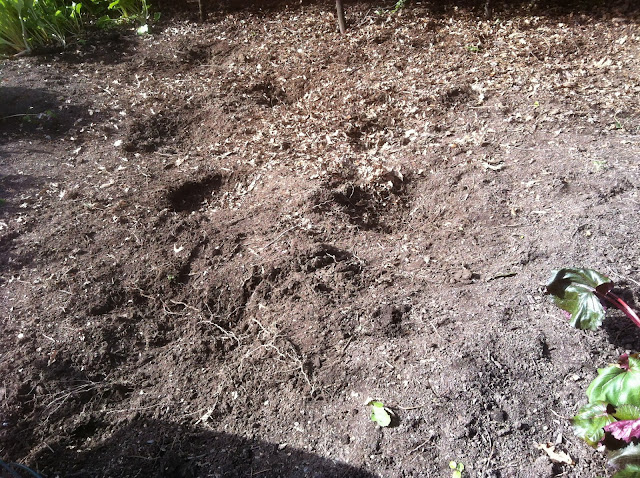Actual Temperature
12 degrees Celsius
Humidity : 74%
Rainfall : 0.00mm
Wind : Light Wind
Today the revegetation unit was with Lisa Burton and we had field trip to Aramoana. Aramoana, is a small coastal settlement, 27 kilometres north of Dunedin city, in the South Island of New Zealand. We went around and fully protected the saltmarsh contains a representative suite of plants. There are four zones under Zones 1: are Sarcocornia quinqueflora, Schoenoplectus pungent, Zone 2 : Selliera radicans, Samolus repens, Cotula coronopifolia, Mimulus repens, Zone 3: Leptocarpus similis, Plagianthus divaricatus, Phormium tenax, Coprosma propinqua.
The settlement is located on a sand dune spit at the mouth of the Otago Harbour, opposite the end of the Otago Peninsula. The main channel of the harbour is kept clear by the Aramoana mole, an artificial breakwater which extends for 1200 metres from Aramoana. The mole was originally intended to extend another 600 meters into the ocean, however due to tidal patterns and the instability of the construction, no attempt to extend beyond the current length was thought to be possible.
To the southwestern side of the township extend expansive salty mudflats from the head of the Aramoana Spit around the habourside to the township of Te Ngaru. This area is a protected Wildlife Sanctuary, which hosts a range of plant and animal life, both native and exotic.

On the other side of the Spit is an expanse of beach, truncated by the Aramoana Mole. The beach and sand dunes to the east are known as Shelly Beach. The beach to the west is known as Big Beach and extends for over two kilometers. At points along this beach, steep rock faces come down to the waterline. These are well used for practical training by local rock-climbers. Seals can be found sun bathing on the rocks of the spit.
It is the site of New Zealand's deadliest criminal shooting, which occurred on 13 and 14 November 1990. The massacre began on 13 November at 7.30 pm when Gray confronted neighbour Garry Holden about one of Holden's daughters wandering onto his property. After the confrontation, Gray went into his house, retrieved a semi-automatic rifle, walked outside and shot Holden dead.
Nearby were three young girls: Holden's two daughters, Chiquita and Jasmine, and his girlfriend Julie Ann Bryson's adopted daughter, Rewa. The girls ran into Holden's house as Gray walked onto Holden's property. He quickly found Chiquita and shot her through her left arm and chest with a Squires and Bingham sporting rifle, the bullet lodging in her abdomen.
The wounded girl fled past her father's body to Bryson's nearby house, while Gray set the Holden house on fire. Bryson, realising that Rewa and Jasmine were still in the Holden house, drove her van there with Chiquita in an attempt to save the girls. Gray shot at the van as it passed the house, which was by then ablaze.
Gray started shooting indiscriminately, targeting a utility vehicle full of locals who had seen the Holden house burning and stopped to help. He first shot Vanessa Percy as she ran down the street in terror, then killed two young boys, Leo Wilson and Dion Percy. The boys' sister, Stacey, received severe wounds to her abdomen. Ross Percy, the children's father, who had been driving them home after a day fishing when they saw the fire, was the next to die, followed by Aleki Tali, who had also been with them fishing that day. Gray then entered the home of Tim Jamieson, killing him and another elderly local, former Green Island mayor Vic Crimp. The next victim was James Dickson, who was looking for his dog, Patch. Helen Dickson, James' mother, and neighbour Chris Cole went into the road to see what the noise was. Gray shot at both of them, wounding Cole who was in a phone booth calling the police and forcing Helen to dive for cover. Helen, who had recently had a hip replacement and was unable to walk without assistance, pulled herself along on her stomach using her arms and feet in a ditch to get inside and phone for help. She then crawled back to Cole to tell him help was coming.
After waiting for some time, Helen again crawled back to her house and phoned 1-1-1. By this stage it was getting dark and the dispatcher advised her to stay inside. Helen later received the George Medal for bravery. Help arrived too late for Cole, who died in the hospital.
While we we going around all the Zones due to heavy rain we left Aromoana earlier.
Vermiculture most often uses two species of worms: Red Wigglers (Eisenia foetida) or Red Earthworms (Lumbricus rubellus) rarely found in soil and are adapted to the special conditions in rotting vegetation, compost and manure piles.
Vermicomposting: How to get started
When beginning a vermicomposting bin, start by adding moist bedding -- things like shredded paper, dead leaves and other materials high in carbon (it's should mimic the worms' natural habitat, in dried leaves on a forest floor) -- into the bin, and add the worms to their new home. Bedding is the living medium for the worms but also a food source, so it should be moist (something like a wrung-out sponge) and loose to enable the earthworms to breathe and to facilitate aerobic decomposition. Other common bedding materials can be used including newspaper, sawdust, hay, cardboard, burlap coffee sacks and peat moss.
Most vermicomposters avoid using glossy paper from newspapers and magazines, junk mail and shredded paper from offices, because they may contain toxins, which aren't good for the system. Be wary of cardboard, as it cannot be used if it contains wax or plastic, which takes things like cereal boxes, and other boxes designed to hold food items, off the list. A few tips: In warm climates, especially in the summer, keep the bin in the shade or away from midday direct sun -- just like compost, it should stay moist. Quantities of kitchen waste added depends on the size of the worm population; at first, feed the worms approximately one-half their body weight in kitchen scraps a day at most. That is, if you have one pound of worms, feed them about 1/2 pound of kitchen scraps each day. When they become more established, you can feed them closer to their entire body weight, though it's best to wait to add new food until the old food has been processed by the worms.




















































